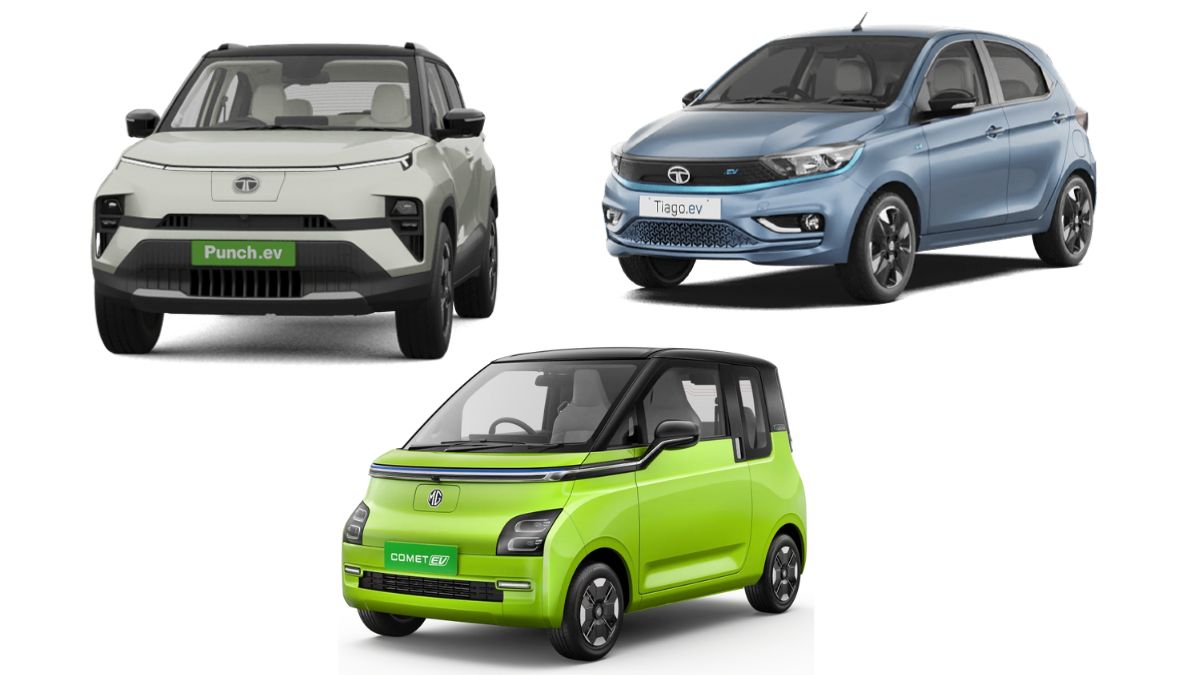India is also not untouched by the global trend of increasing popularity of electric vehicles. Many Indians are choosing affordable, eco-friendly transportation options like electric vehicles (EVs). If you want to purchase an electric car but are worried about the price, don’t worry. India offers many great EV cars under 10 lakhs.
In this article, We will explore the options and benefits of EV cars under 10 lakhs, also highlighting their potential to reduce fuel costs and carbon emissions and contribute to environmental sustainability.
Table of Contents
Overview of Electric Vehicles
Vehicles that run on electric motors and batteries instead of a conventional internal diesel engine are known as electric cars and EVs. When these vehicles are compared with diesel-powered cars, they are more environmentally beneficial as they have zero tailpipe emissions. EVs come in different shapes and sizes, such as motorcycles, SUVs, sedans, and hatchbacks.
Understanding the Benefits of EV Cars
For people looking for affordable transportation, there are many benefits to owning an electric vehicle, which include:
Certainly, here are two tables comparing electric cars and traditional cars based on various cost categories and environmental impact:
Benefits of EV vehicles for the environment
Electric vehicles have a low environmental impact, which is one of the main benefits. Instead of diesel and petroleum-powered cars, electric cars (EVs) do not emit smoke, thereby reducing air pollution and greenhouse gas emissions. By using EV cars, people can contribute to maintaining clean air and a healthy environment for future generations.
Cost Savings
Electric vehicles are more economical than diesel vehicles and are also beneficial for the environment. EVs have lower fuel costs and are generally less expensive than gas engines. Furthermore, EVs require less maintenance during their lifetime as they have fewer moving components than conventional cars.
Certainly, here are two tables comparing electric cars and traditional cars based on various cost categories and environmental impact:
Cost and Environmental Comparison
| Cost Category | Electric Cars | Traditional Cars |
|---|---|---|
| Initial Purchase Cost | Lower | Higher |
| Servicing and Maintenance | Lower | Higher |
| Fuel Expenses | Lower | Higher |
| Government Incentives | Available | Limited or None |
| Environmental Impact | Lower Emissions | Higher Emissions |
Battery Life
The battery life of an electric car is one of the major cost issues. With the average lifespan of EV batteries being eight to fifteen years, depending on the model and amount of usage, you will not have to worry about regular battery replacement during your ownership period, which will ultimately save you money.
Servicing
Electric automobiles often require less maintenance than diesel-engine vehicles because they have fewer parts that do not require replacement or repair. Additionally, the EV’s regenerative braking technology reduces brake failure and the need for brake pad replacement.
Things to keep in mind while buying an EV vehicle
When purchasing an affordable electric vehicle (EV), it is important to keep a few things in mind that may impact your experience. Choosing the right option requires considering everything from maintenance costs and incentives to range and charging infrastructure. Let’s examine these things in more depth:
Range
The range is the maximum distance an electric car can travel between charges. When selecting an EV car, it is important to consider both your driving patterns and the accessibility of charging infrastructure in your area. While some EVs have a great range, others may be better suited for short trips or city driving.
Charging Infrastructure
The availability of charging outlets is another important consideration. Even though India’s EV charging network is expanding rapidly, it is still important to ensure that you have easy access to charging stations, especially if you intend to undertake any long journeys.
Maintenance Expenses
Electric cars require less maintenance overall, but it’s important to remember that battery replacement can be expensive. EV car buyers should also consider the warranty coverage and maintenance of different models when choosing a car.
Available Incentives
Financial incentives are an important benefit of purchasing an affordable electric vehicle. To promote EVs, many governments and organizations offer tax credits, rebates, and other financial incentives.
Keeping these things in mind will help you choose a cost-effective EV vehicle. You can choose the most affordable electric car that suits your demands and budget by considering factors like range, charging infrastructure, maintenance expenses, and available incentives.
Certainly, here are two tables detailing various incentives for electric vehicles:
Incentives for Electric Vehicles
| Incentive | Description |
|---|---|
| Monetary Benefits | Subsidies, grants, and cash-back schemes to reduce the upfront cost of purchasing an EV car. |
| Tax Exemptions | Exemption from road tax, registration fees, and toll charges, reducing the overall cost of ownership. |
| Support Programs | Development of charging infrastructure, installation of charging stations, and collaborations to expand the network of charging points. |
EV Cars Under 10 Lakh in India
There is a lot of potential for affordable electric cars priced under Rs 10 lakh in the Indian automobile market. These reasonably priced EV cars are better for the environment and also save money over time. Let’s take a look at some of the best EV vehicle models to consider:
MG Comet EV
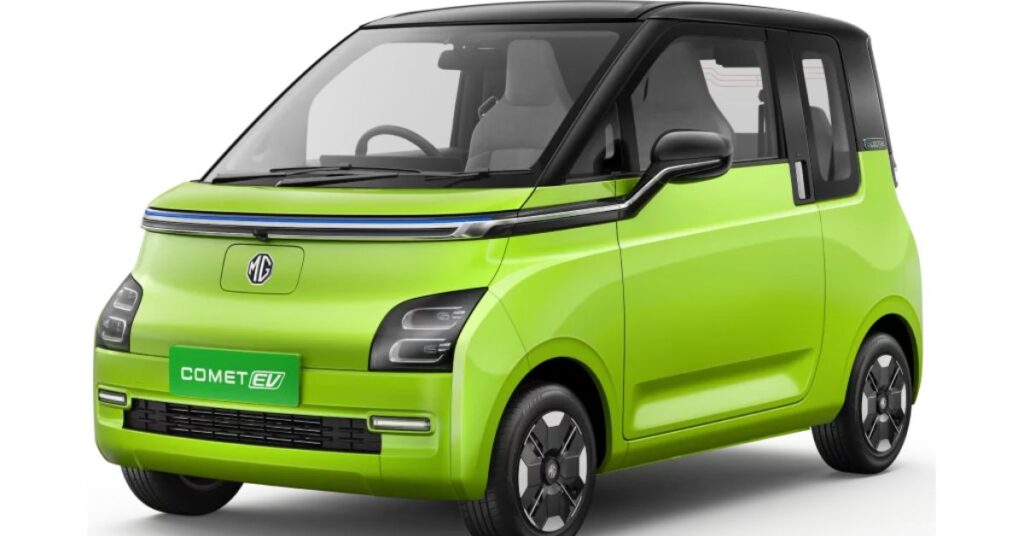
With its compact dimensions, this micro-EV provides a surprisingly spacious interior and a lively driving experience. With a 230 km range on a single charge, it’s a good option for city commuters. Among the features are keyless entry, a digital instrument cluster, and a touchscreen infotainment system. (price: ₹6.99 Lakh at launch)
Tata Tiago EV
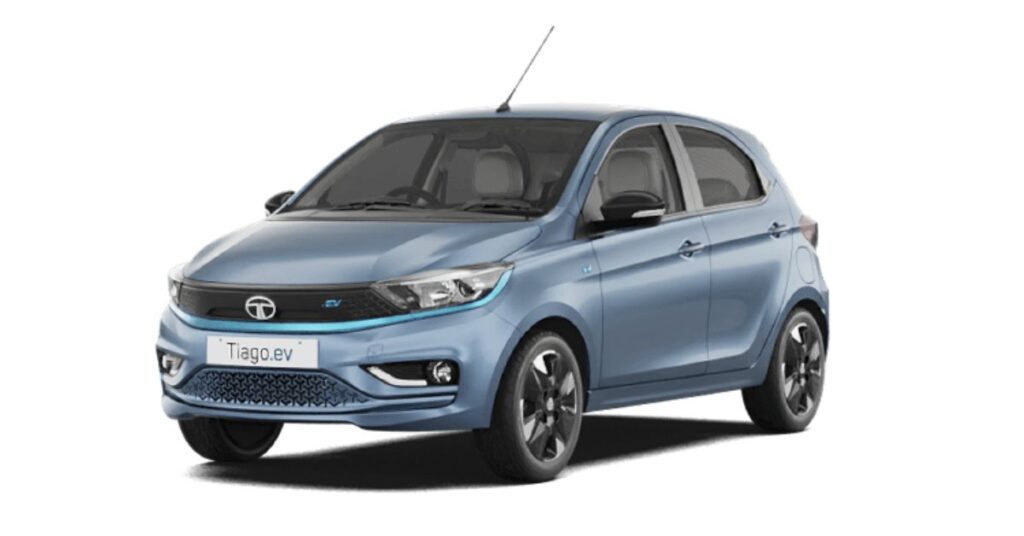
In the class of reasonably priced hatchbacks, the Tiago EV is a formidable competitor. It surpasses some of its rivals with a range of 315 kilometers. It has an expansive cabin, cozy seats, and an entertainment system with many features. Corner stability control, ABS with EBD, and dual airbags are examples of safety features. (₹7.99 Lakh is the starting pricing)
Tata Punch EV
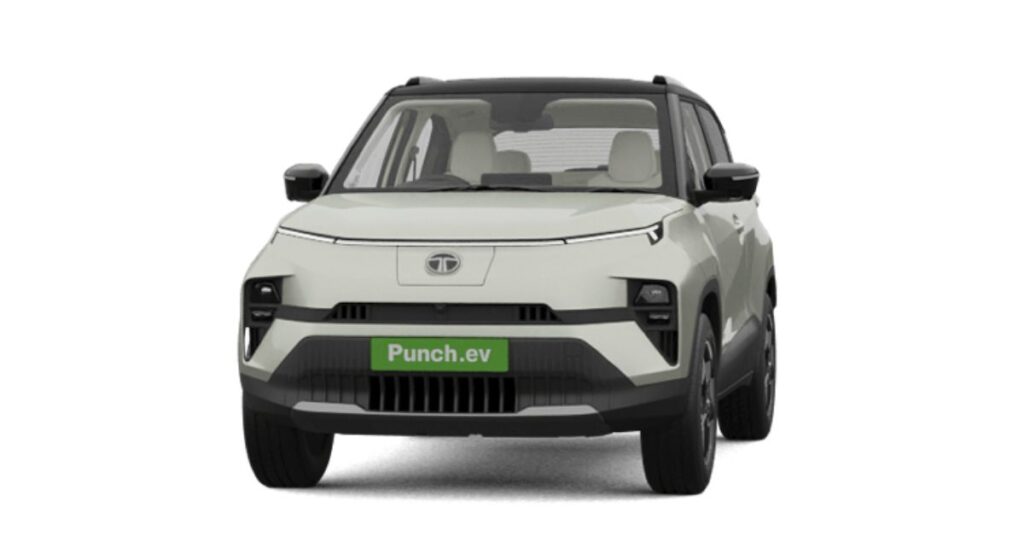
The electric version of Tata’s well-liked small SUV is called the Punch EV. Compared to the Tiago, it offers a higher seating posture and greater ground clearance, making it appropriate for a variety of terrains. Like the Tiago EV, the Punch EV has an electric range of 315 km and a feature-rich cockpit with an infotainment system on a touchscreen, automated climate control, and linked car technology. (₹10.99 Lakh is the starting pricing)
Notably, although these three are easily accessible, there are a few future EVs that are also worthy of note:
Citroen eC3
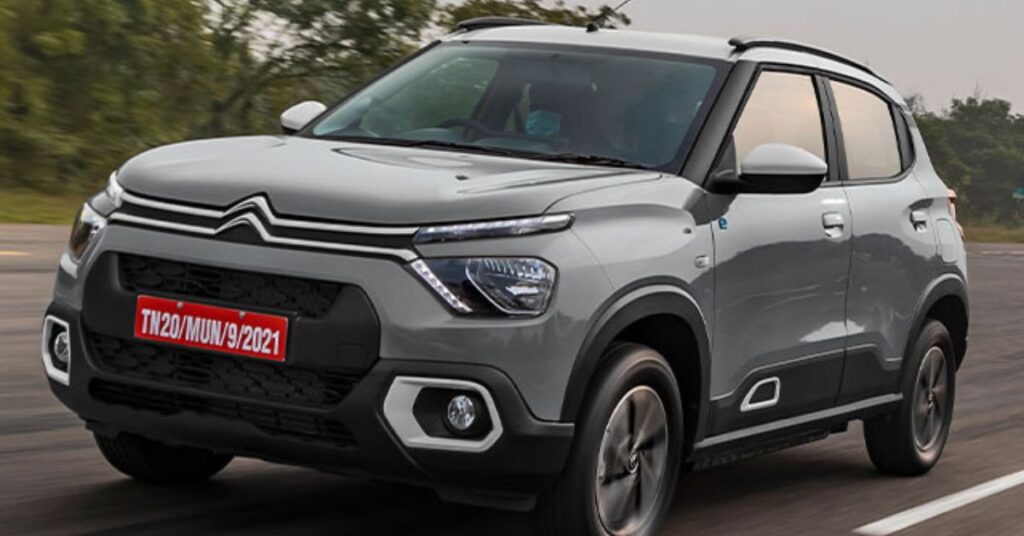
Based on the C3, this forthcoming Citroen electric hatchback is anticipated to have a sporty electric motor, a roomy interior, and a sleek appearance. (anticipated cost: between ₹8.00 and ₹9.50 lakh)
Tata Altroz EV
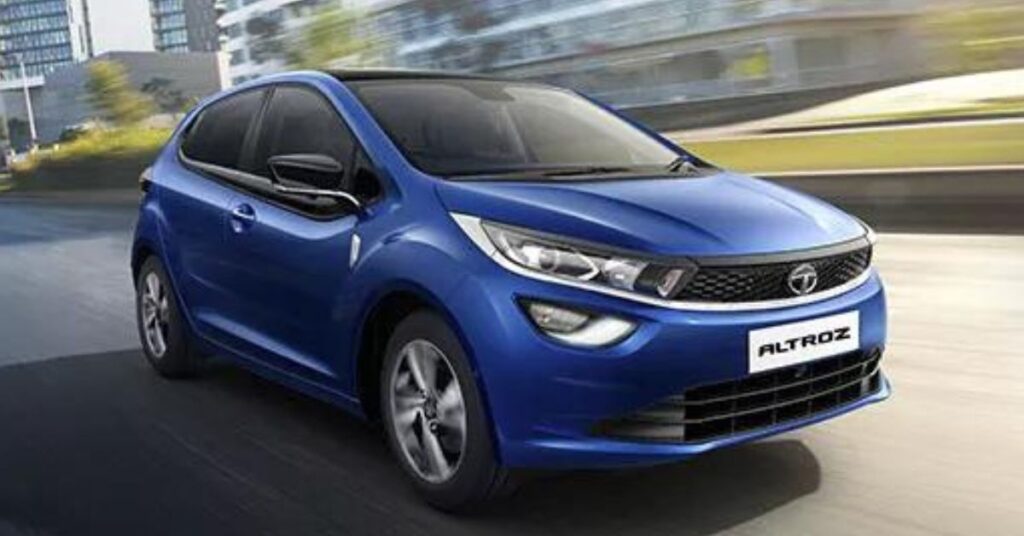
Additionally, Tata is getting ready to introduce the electric variant of its well-liked Altroz hatchback. Compared to the Tiago and Punch EVs, the Altroz EV is anticipated to have a greater range, making it appropriate for highway use. (anticipated cost: between ₹9.00 and ₹10.00 lakh)
Electric Vehicle Model Specifications
| EV Car Model | Price Range (Ex-showroom) | Range | Key Features |
|---|---|---|---|
| MG Comet EV | ₹6.99 Lakh | 230 | Spacious interior, lively driving experience, keyless entry, digital instrument cluster, touchscreen infotainment system |
| Tata Tiago EV | ₹7.99 Lakh | 315 | Expansive cabin, cozy seats, entertainment system with various features, corner stability control, ABS with EBD, dual airbags |
| Tata Punch EV | ₹10.99 Lakh | 315 | Higher seating posture, greater ground clearance, touchscreen infotainment system, automated climate control, linked car technology |
| Citroen eC3 | ₹8.00 – ₹9.50 Lakh | – | Sporty electric motor, roomy interior, sleek appearance |
| Tata Altroz EV | ₹9.00 – ₹10.00 Lakh | – | Greater range compared to Tiago and Punch EVs, suitable for highway use |
It’s important to remember that depending on the region and trim level features and cost may change. While choosing a vehicle buyers should also consider additional factors like local charging infrastructure, warranty, and after-sales service.
Comparison of Charging Options
It is important to know charging options when charging EV cars under 10 lakhs. Also, it is important to determine which option best suits your needs and lifestyle.
Certainly, here’s a three-column table comparing the charging options for electric vehicles:
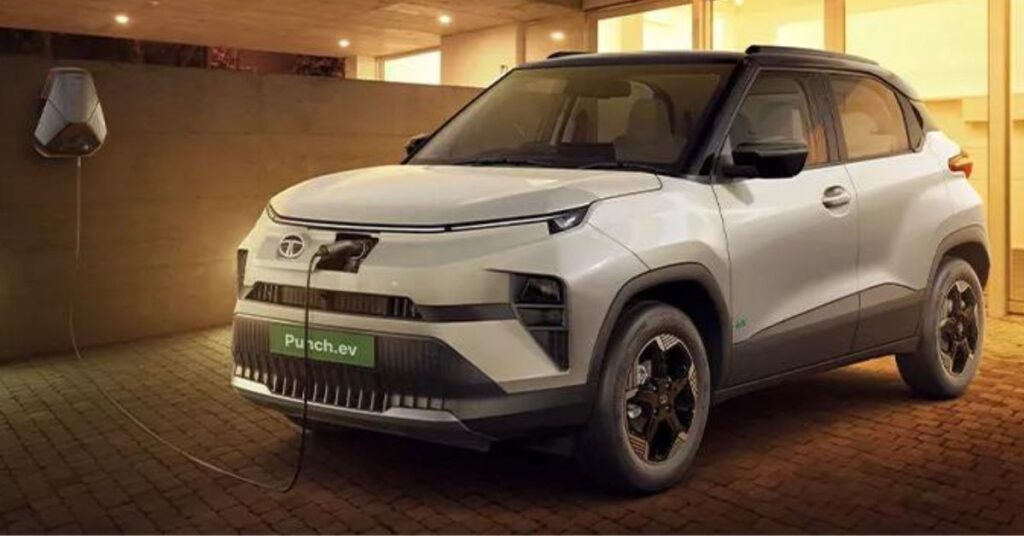
Charging Options Comparison
| Charging Option | Pros | Cons |
|---|---|---|
| Home Charging | – Convenience of overnight charging | – Requires a dedicated charging station installation |
| – Cost-effective in the long run | – Dependent on access to charging infrastructure at your residence | |
| Public Charging Stations | – Availability in various public locations | – Availability may vary based on your location |
| – Convenient for on-the-go charging | – Potential wait times if charging stations are occupied | |
| Fast-Charging Networks | – Quick recharge times | – Availability may be limited in certain areas |
| – Ideal for longer journeys or quick top-ups | – Not suitable for everyday residential charging needs |
Home Charging
Home charging is one of the most practical and affordable ways to recharge an electric vehicle. If you have a special charging station installed in your home, you can plug in your car and recharge it while you sleep. With this option, you can avoid using public charging stations by having a fully charged automobile every morning.
Public Charging Stations
In India’s largest cities, public charging stations are becoming common. These stations are typically located in parking lots, retail centers, and other convenient locations. Refueling an EV car at a public station is equivalent to refueling an automobile, and provides a reliable way to charge while driving. It’s important to remember that access to public charging stations may vary depending on where you live.
Fast-Charging Networks
Fast-charging networks have been created to make it easier and faster for electric vehicle owners to charge their vehicles. Compared to public or home charging, high-power charging stations on these networks can charge your car more quickly. Fast-charging networks are great for long trips or when you need a little pick-me-up during the day.
Charging Infrastructure Overview
| Type of Charging | Features |
|---|---|
| Home Charging | – Convenient overnight charging |
| – Can be customized to suit individual needs | |
| Public Charging Stations | – Available in parking lots and public areas |
| – Provides charging options while away from home | |
| Fast-Charging Stations | – Rapid charging capability |
| – Shorter charging times for increased convenience |
Government incentives for EV car buyers
Government incentives are a factor in making affordable electric vehicles and budget-friendly models even more attractive. The Government of India has taken several initiatives to encourage the use of eco-friendly electric automobiles.
Financial Benefits
Financial benefits are provided by the government to promote the use of electric vehicles. Subsidies, incentives, and cash-back programs are offered to buyers to reduce the initial cost of purchasing an electric vehicle. These financial supports contribute to increasing customer access to low-cost EV vehicles.
Tax exemption
An additional benefit of the government’s affordable EV car program is the exemption from sales tax for electric vehicle purchases. The total cost of ownership of electric automobiles has been reduced as they are exempted from many taxes including road tax, registration fees, and tolls. For many people, EV cars under 10 lakhs are an economically viable option.
Assistance Program
Apart from providing financial incentives and tax exemptions, the government has launched several support programs to promote the use of electric vehicles. Building charging infrastructure, installing charging stations in public areas, and partnering with private businesses to broaden the network of charging stations. These programs increase the ease of use and convenience of electric vehicles for consumers, ultimately increasing the appeal of affordably priced EV cars.
A large section can now buy affordable EV cars and great cheap electric vehicles, mainly because of government subsidies for EV car customers. Through financial incentives, tax exemptions, and support initiatives, the government is actively motivating people to adopt more economical and environmentally sustainable methods of transportation.
Future EV Cars Under 10 Lakhs
| Car Model | Price (in lakhs) | Range (per charge) | Top Speed (km/h) |
|---|---|---|---|
| MG Comet EV | ₹6.99 Lakh | 230 | – |
| Tata Tiago EV | ₹7.99 Lakh | 315 | – |
| Tata Punch EV | ₹10.99 Lakh | 315 | – |
| Citroen eC3 | ₹8.00 – ₹9.50 Lakh | – | – |
| Tata Altroz EV | ₹9.00 – ₹10.00 Lakh | – | – |
India’s electric vehicle (EV) sector has experienced tremendous expansion and transformation over the past several years. India’s EV car market is promising, as long as the government and industry partners, emphasize eco-friendliness and sustainable transportation.
The adoption and production of electric vehicles have greatly benefited from programs such as the Faster Adoption and Manufacturing of Hybrid and Electric Vehicles (FAME) initiative and the National Electric Mobility Mission Plan (NEMMP).
Conclusion
India offers a compelling solution for sustainable transportation, with budget-friendly EV cars under 10 lakhs providing eco-conscious individuals with reduced carbon emissions and significant cost savings.
FAQ’s
What are the benefits of owning an EV car?
EV vehicles offer long-term savings due to reduced carbon emissions, lower fuel costs, and a quiet driving experience, making them a more environmentally friendly option for daily commutes.
What factors should I consider when buying an EV car on a budget?
Factors such as range, charging infrastructure, maintenance costs, and incentives are crucial when purchasing an EV car, ensuring an informed decision for your needs.
Which are the top EV car models available in India under 10 lakhs?
India offers affordable EV car models under 10 lakhs, including the Tata Nexon EV, Mahindra e2oPlus, MG ZS EV, and Hyundai Kona Electric, offering decent range and advanced features.
What are the different charging options available for EV cars under 10 lakhs?
Various charging options are available for EV owners, including home, dedicated, public, and fast-charging networks, ensuring efficient and convenient charging for their vehicles.
Are there any government incentives available for EV car buyers?
The Indian government provides various incentives and subsidies to encourage the adoption of electric vehicles, including monetary benefits, tax exemptions, and other support programs.
What is the future outlook for EV cars under 10 lakhs in India?
India’s government and industry are promoting sustainable transportation with increased subsidies and awareness campaigns, aiming to grow the budget-friendly EV car market in the coming years.
